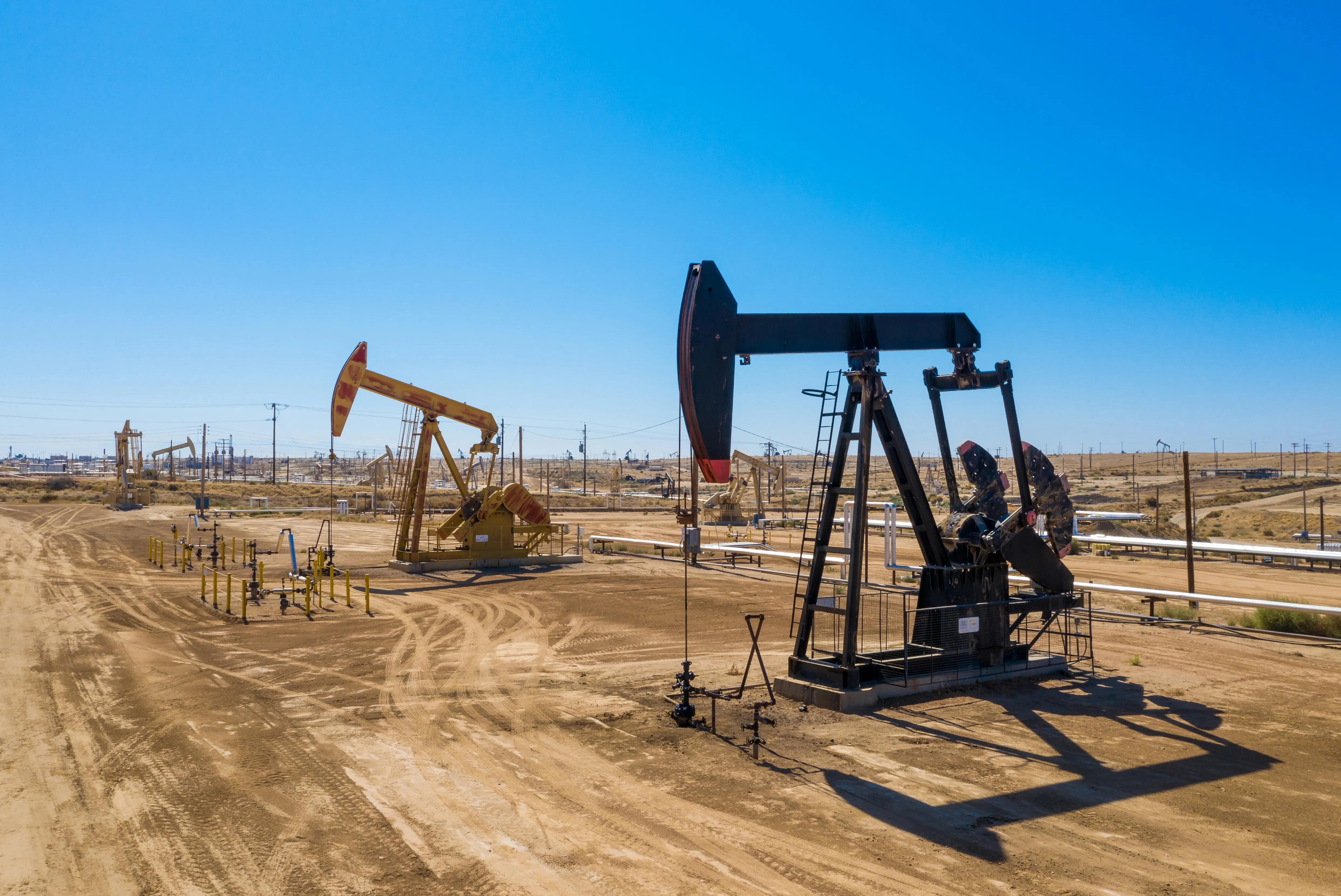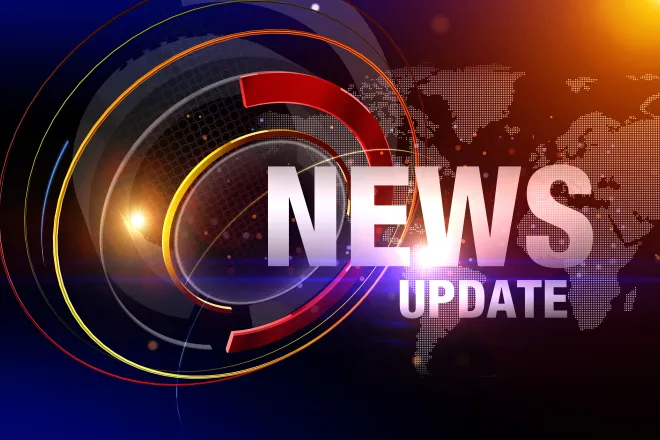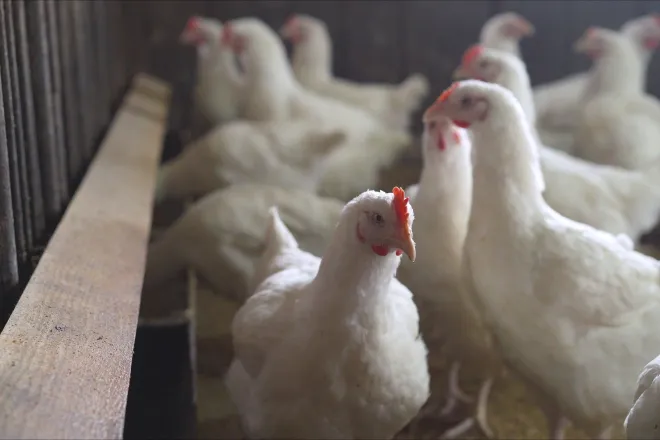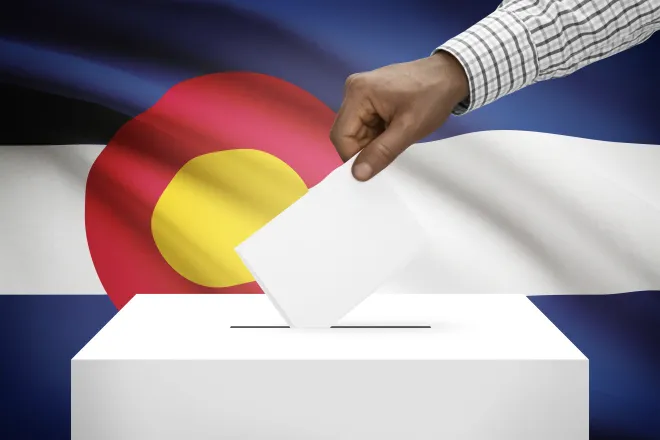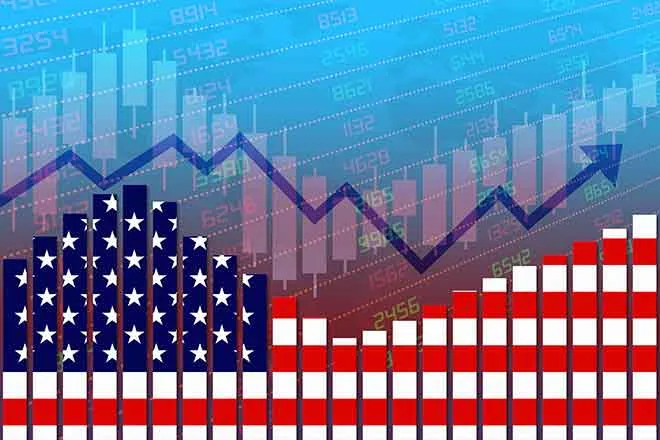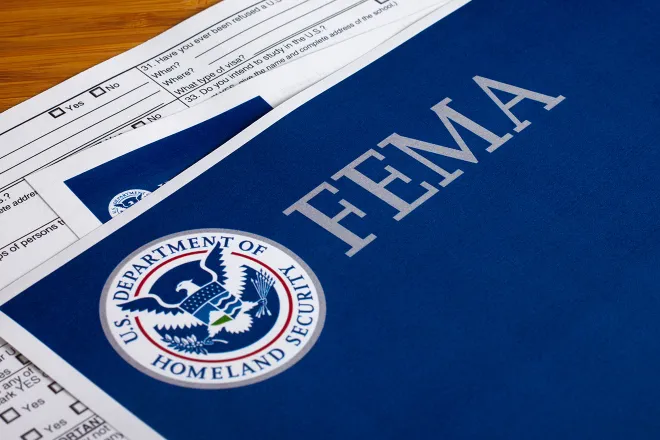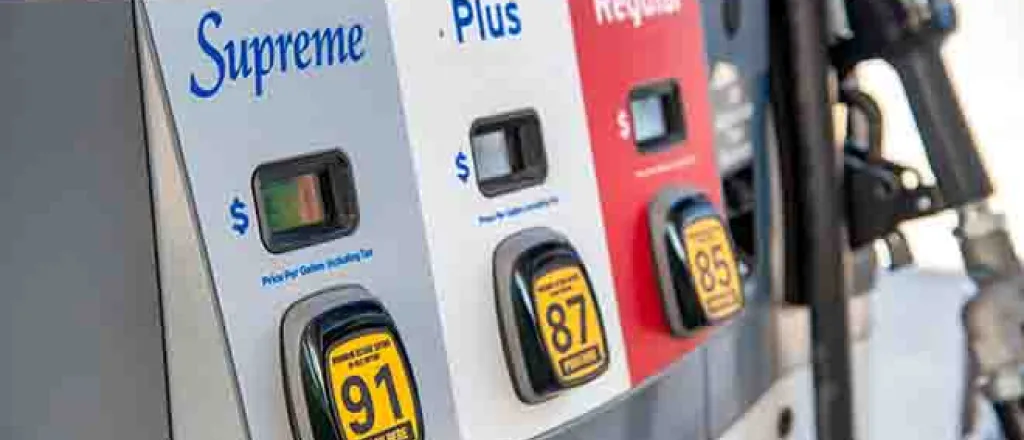
Fuel shortages in western Kansas slowly improving as transport, maintenance issues fixed
Multiple factors merged to create a fuel shortage affecting western Kansas and three other Midwest states, and one expert expects it to take months for fuel storage capacity to return to normal.
Brian Posler, executive director of Fuel True, said the complex system that maintains fuel stores to avoid shortages was hit by several unusual events this year. Fuel True is a nonprofit trade association representing Kansas fuel distributors and convenience stores.
Although the storage tanks that hold as much as 500,000 gallons of fuel may take some time to replenish, Charlie Robinson, owner of Robinson Oil Co. in Garden City, is grateful fuel supplies at terminals started returning to normal last week.
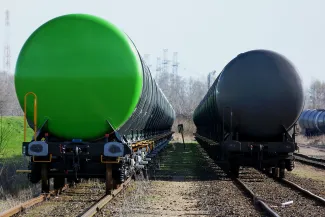
© iStock - Istvan Balough - 1075007640
Robinson’s company markets fuel, buying it from fuel terminals and then delivering it to the end user, typically smaller users such as farms and feedlots. Typically he buys fuel from the Scott City terminal located closest to his business. There also are terminals in McPherson, Salina and Concordia that serve western Kansas, which is the challenge, he said.
“What accentuates our problem out here is the logistical distance between terminals,” he said.
Beginning in March, nearby terminals began to have low or no supplies of diesel and eventually even regular gasoline, Robinson said. These last two months have been “absolutely unusual”during his 40 years in the oil business, he added.
“The Scott City terminal, we did not go there for six weeks to two months to get product. They had nothing to offer us up there,” Robinson said. “We pulled product out of Enid, Oklahoma, which would be about 250 miles, and then McPherson, which is a couple of hundred miles.”
Because of lines at the terminal as truckers waited to fill up, a driver who could usually get two loads of fuel in one day would only have time to get one because they’re only allowed to drive a certain amount of time before taking a break, Robinson said.
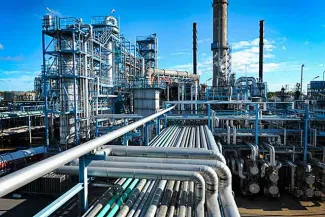
© iStock - lagereek
To address that situation, the Federal Motor Carrier Safety Administration issued an emergency declaration in mid May for Kansas, Nebraska and Iowa, and then updated it May 23 to include South Dakota. The declaration temporarily lifts some regulations, such as how many hours a truck driver can be on the road before taking a mandatory break, so that motor carriers can better respond to the shortages.
Truck drivers were spending hours waiting in line and needed flexibility in driving hours, which the emergency declaration offered, Posler said. The declaration only affects those drivers providing direct assistance supporting emergency relief efforts.
“Under normal circumstances, we have really important safety rules and drivers can only be behind the wheel a total of 11 hours (per day),” Posler said. “But if you are driving a great distance and then sitting in line for hours waiting your turn, all of a sudden you’re bumping against those hours of service really quickly.”
Posler said Governor Laura Kelly originally made an emergency declaration for the state that lasted 14 days in the hopes the fuel situation would be alleviated.
“It quickly became apparent that instead of that, shortages started getting farther and wider,” Posler said. He said distributors were going as far away as Amarillo and Denver to find fuel.
There was either no fuel available or if it was, it was strictly allocated, often to big contracts for stores like Casey’s and Love’s, he said.
Because it looked as though low supplies would continue, the Federal Motor Carrier Safety Administration acted after Kansas, Nebraska and Iowa petitioned for a regional waiver.
Slow recovery
“I am very impressed with how our members have navigated this environment over the last month or two, with as few fuel outages at gas stations that we have seen,” Posler said.
Distributors have delivered partial loads to different customers, adapting to billing everything separately instead of delivering a full load and billing as they normally do, he said.
Recovery, though, is likely to take months.
“They depleted the stores, which are maybe 500,000-gallon tanks, so those are not going to get replenished quickly and easily at a time of peak demand,” Posler said.
Robinson pulled up a website that looks at supplies at terminals across the country. As of Thursday, the Scott City terminal is “borderline” on diesel fuel, but the Wichita area and Great Bend terminals have all products, he said.
Enid, Oklahoma, though, has no diesel fuel, Robinson said.
Buying patterns
Posler said numerous factors came together to create this year’s shortage.
Farmers typically stock up on fuel in the fall because prices are sometimes lower and they can reduce tax liabilities, Posler said.
“This year, because of where prices were and the incoming change of administration, the word on the street is that a lot fewer farmers stocked up and then needed to buy in the spring,” he said.
That shift, added to the usual annual surge in fuel use in the spring as more people are on the road, shifted demand patterns.
Maintenance challenges
Kansas has three refineries and each one, at some point during the year, does what is called “turnaround,” Posler said. Normally, they operate year-round and 24 hours a day, but during turnaround, crews come into the refinery to perform annual maintenance.
CHS Refinery in McPherson was undergoing its turnaround at the same time these other factors were affecting fuel supplies, Posler said.
Repairs on a Kansas segment of the Magellan Pipeline, which runs through Kansas and 14 other states, also were taking longer than expected, he said.
“ONEOK owns the Magellan pipeline,” Posler said. “The Magellan is a very important pipe that runs in the east-west direction in Kansas. ONEOK was doing stress testing and they found some repairs and blowouts that needed to be done.”
ONEOK spokesperson Charlsey Phillips said the company had completed routine maintenance and resumed operations on a segment of the company’s Kansas pipeline.
Refineries also shifted their fuel blends from winter to summer blends, Posler said, which can slow processes. Summer blends have less butane in them, making them less volatile.
Strong infrastructure
Robinson’s company and customers were affected by the shortage, seeing increased freight costs.
“It came at a cost,” he said, adding that he appreciated Posler’s work at Fuel True to reach out to the Kansas Corporation Commission and Kelly, who were all responsive.
“I would say, in general, we have a very strong infrastructure relative to other countries around the world,” Posler said. “Here in the Heartland, we’re fortunate that we have three refineries in our state, and we have more than one pipeline option that moves through the state. We are blessed compared to some states, under normal circumstances.”





